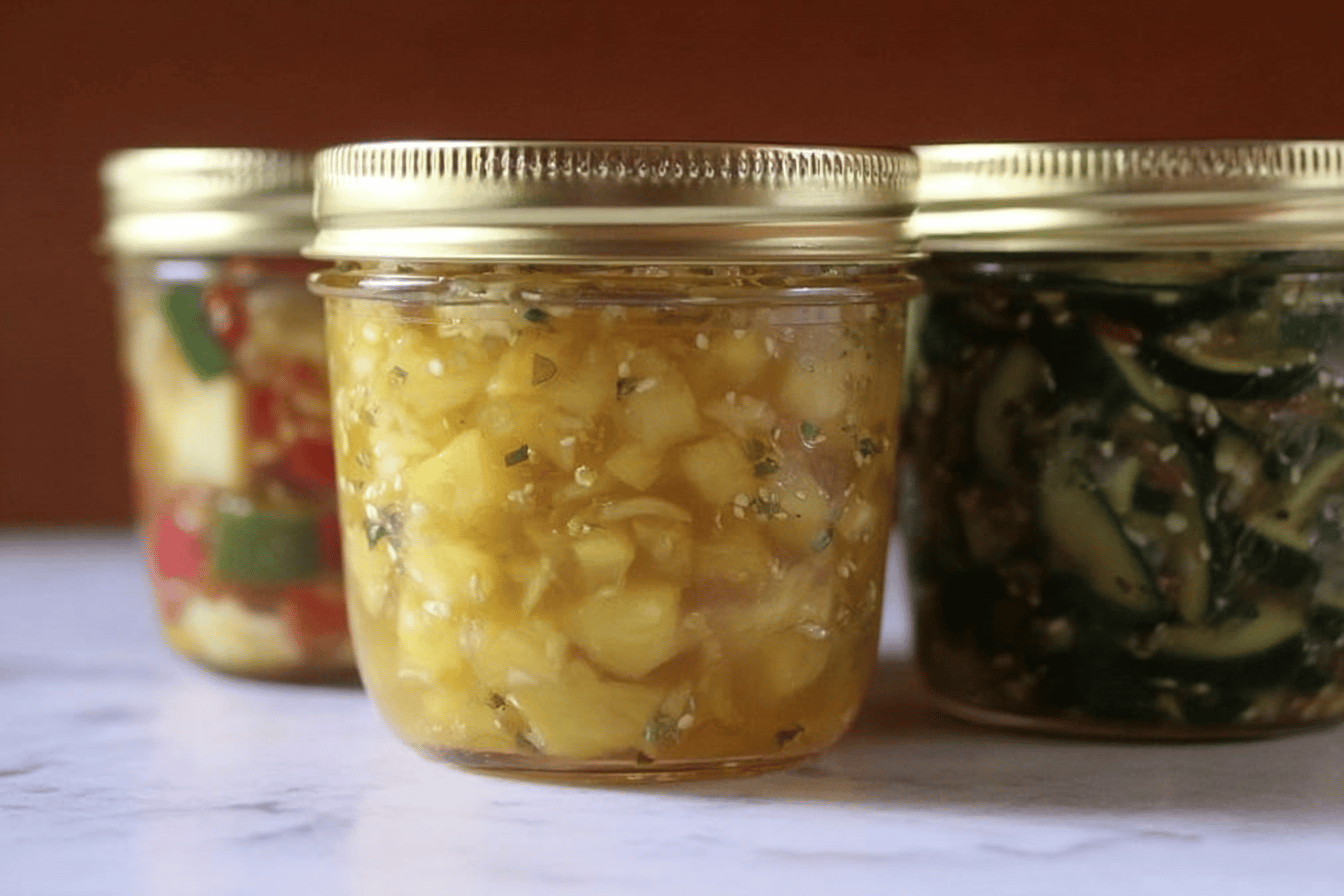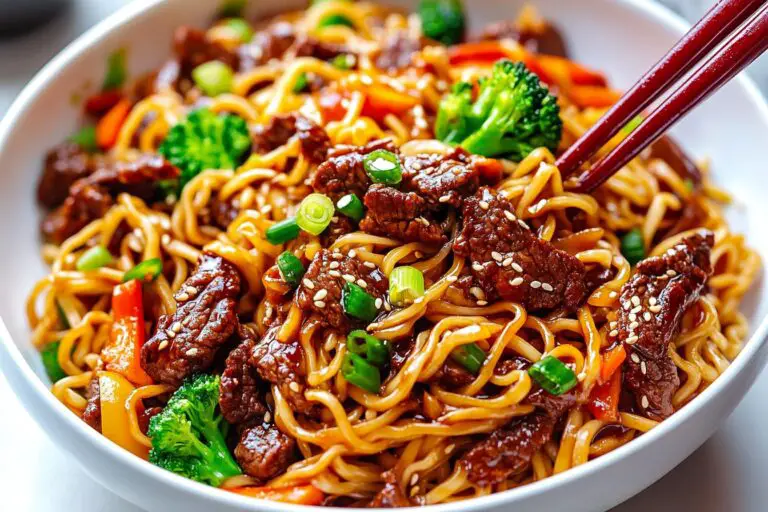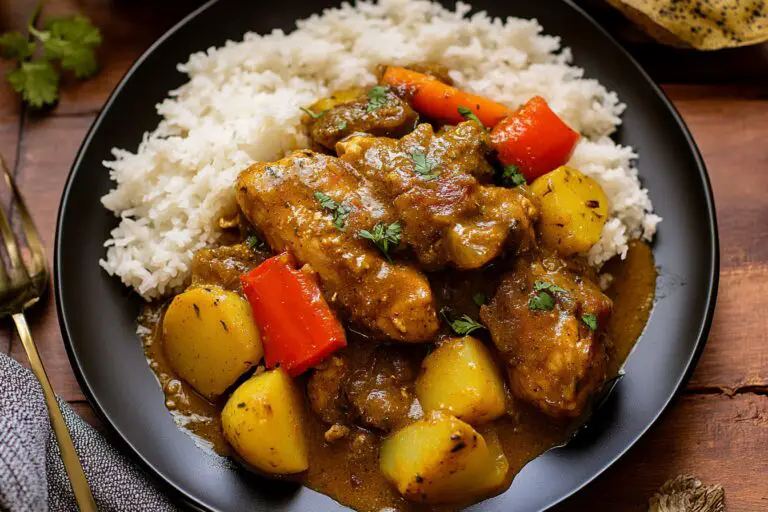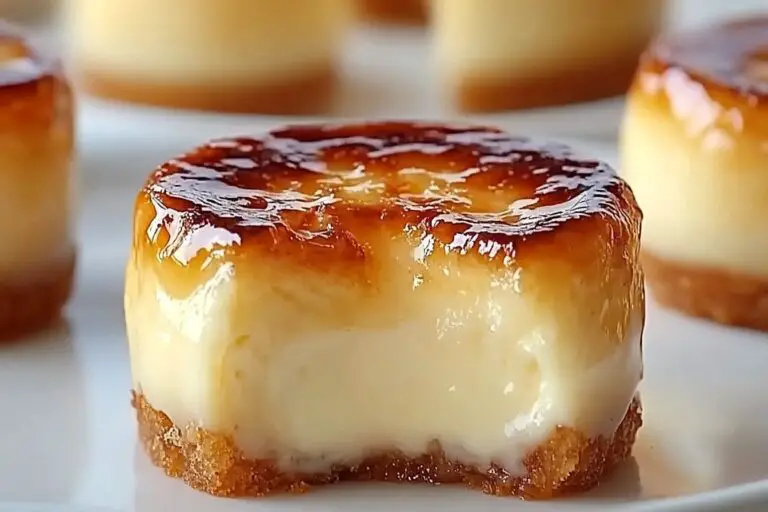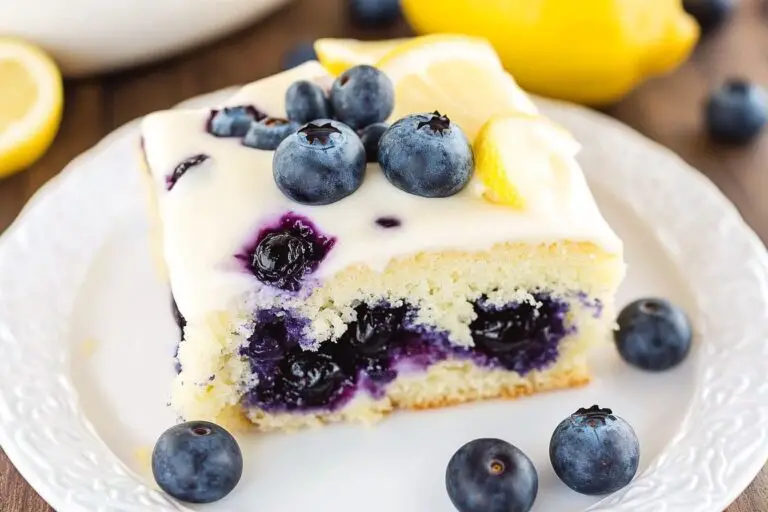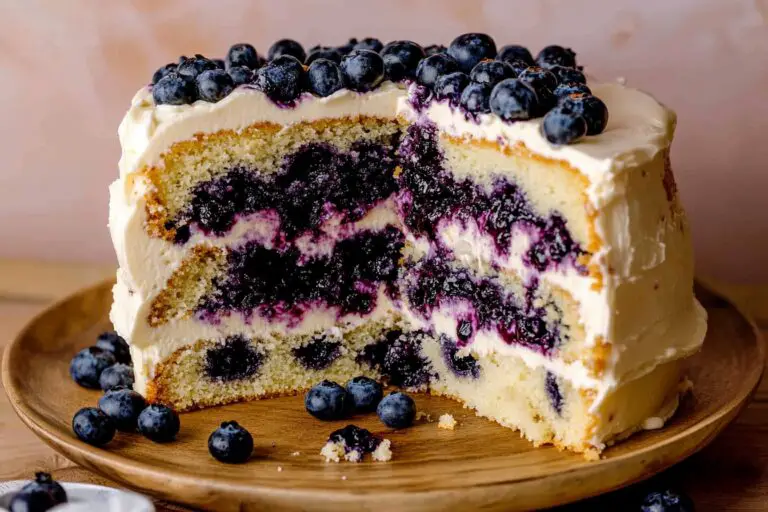Canning Pineapple Zucchini
“`html
Introduction
Preserve your summer harvest with this guide to canning zucchini. Canning zucchini not only saves money but also allows you to enjoy the flavors of summer year-round. With the right steps and safety measures, canning zucchini is simple and satisfying. This method includes a mix of ingredients and step-by-step instructions to preserve zucchini perfectly.
Detailed Ingredients with measures
– Fresh zucchini (amount specified below)
– Water (quantity as needed)
– Salt (optional, for taste)
– Lemon juice or citric acid (for acidity balancing, see instructions)
Prep Time
Preparing the zucchini for canning is straightforward but requires a bit of attention. You’ll need around 20 to 30 minutes to wash, chop, and blanch the zucchini properly. This ensures the texture and taste remain intact during canning.
Cook Time, Total Time, Yield
Cook time largely depends on the method you use, but for pressure canning, it should take about 25 to 30 minutes. The total time, including preparation, processing, and cooling, usually adds up to around 1 to 2 hours.
The yield depends on the amount of zucchini you start with, but generally, you can expect to fill several pint jars from medium-sized zucchinis.
Recipe
1. Begin by thoroughly washing the zucchini under running water. Trim the ends and chop the zucchini into small cubes or slices, based on your preference.
2. Blanch the zucchini in boiling water for about 2-3 minutes, then transfer to an ice bath to stop the cooking process.
3. Prepare the canning jars by sterilizing them in boiling water. Make sure lids and rings are new or free from damage to ensure a tight seal.
4. Pack the zucchini into the jars, leaving sufficient headspace as outlined in your pressure canner’s instructions. Add water to fill, ensuring air bubbles are removed by tapping the jar or using a tool.
5. If desired, add a pinch of salt or a small measure of lemon juice or citric acid to each jar for flavor or preservation improvement.
6. Place the lids and secure the rings, then process the jars in your pressure canner, following the manufacturer’s guidelines for time, pressure, and altitude adjustments.
7. Once processing is complete, allow the jars to cool on a towel-lined surface, checking for seals after cooling. Store sealed jars in a cool, dark place, and refrigerate any unsealed jars for immediate use.
More
Canning zucchini is an excellent way to reduce waste and make use of your garden’s bounty. With these steps, you can add zucchini to soups, stews, casseroles, or enjoy it as a standalone side dish long after summer is over. The process is rewarding and brings satisfaction knowing you’ve preserved seasonal produce in a safe and delicious way.
“`
“`html
Detailed Directions and Instructions
Step 1: Prepare the Zucchini
– Wash the zucchini thoroughly under cold running water to remove any dirt or debris.
– Trim both ends of the zucchini and discard them.
– If preferred, peel the zucchini, but leaving the skin on is okay for texture and flavor.
Step 2: Decide on Slicing or Shredding
– For sliced zucchini, cut the zucchini into 1/4-inch thick slices.
– For shredded zucchini, use a box grater or food processor to grate the zucchini into fine shreds.
Step 3: Choose Canning Liquid
– Options for liquid include water, vegetable broth, or tomato juice.
– Prepare enough liquid to fully cover the zucchini in jars.
Step 4: Prepare the Jars and Lids
– Wash canning jars, lids, and rings with hot, soapy water.
– Rinse thoroughly and place jars in a large pot of hot water or a dishwasher to keep them warm.
– Place lids and rings in hot (not boiling) water until they are ready to use.
Step 5: Fill the Jars
– Pack the zucchini slices or shreds tightly into the clean, warm jars.
– Leave 1-inch headspace at the top of the jars.
– Pour the selected canning liquid over the zucchini, ensuring all zucchini is submerged. Maintain the 1-inch headspace.
Step 6: Remove Air Bubbles
– Use a bubble remover tool (or a plastic knife) to remove trapped air bubbles by sliding it gently along the edges of the jars.
– Adjust the liquid level if needed to maintain the 1-inch headspace.
Step 7: Wipe the Rims of Jars
– Clean the rim of each jar with a damp, clean cloth to ensure a proper seal.
Step 8: Apply Lids and Rings
– Place the prepared lids on the jars and secure them with rings tightened to fingertip-tight.
Step 9: Process the Jars in a Pressure Canner
– Place the jars in the pressure canner following its manufacturer’s instructions.
– Add the necessary amount of water for your pressure canner model.
– Seal the lid on the pressure canner and vent steam for 10 minutes.
– Process jars at 10 pounds of pressure (adjust for altitude) for 30 minutes.
Step 10: Cool the Jars
– Once the processing is complete, carefully remove the canner from heat.
– Allow the pressure to return to zero naturally before opening the canner lid.
– Remove jars with a jar lifter and place them on a towel-covered surface to cool for 12-24 hours.
Step 11: Check the Seal
– After cooling, check each jar for a proper seal by gently pressing the center of the lid. If it doesn’t flex, the seal is good.
– If a jar hasn’t sealed, refrigerate it and use it soon.
Notes
Note on Safety
– Zucchini must be pressure-canned due to its low acidity to prevent the risk of botulism.
Note on Altitude Adjustments
– Adjust the pressure level based on your altitude. Higher altitudes require higher processing pressures for safe canning.
Note on Textural Changes
– Canned zucchini may become softer in texture compared to fresh. Use it in recipes that call for cooked zucchini.
Note on Storage
– Store canned zucchini in a cool, dark, and dry place. Properly canned zucchini can last up to a year.
Note on Liquid Choices
– Tomato juice can add flavor, while water or vegetable broth will preserve the zucchini’s natural taste.
“`
Cook Techniques
Pressure Canning Zucchini Cubes
To pressure can zucchini cubes, you’ll need to start with fresh zucchini. After washing, peel the zucchini if desired and cut it into 1/2-inch cubes. Boil the zucchini cubes for 2 minutes before packing them into jars, leaving 1-inch headspace. Fill the jars with boiling water, again leaving 1-inch headspace. Be sure to remove air bubbles and wipe the rims of the jars before placing the lids and rings. Process the jars in a pressure canner according to the manufacturer’s instructions, adjusting for altitude.
Pickling Zucchini for Water Bath Canning
For a safe and flavorful water bath canning method, thinly slice zucchini and soak it in pickling brine, which typically contains vinegar, water, salt, and spices. Pack the zucchini into sterilized jars, ensuring the brine covers the slices completely. Leave 1/2-inch headspace at the top of the jars, wipe the rims clean, and apply the lids and rings. Process in a boiling water bath canner for the recommended time, ensuring the water covers the jars by at least 1 inch.
Dicing Zucchini for Soup or Stew Base
Instead of preserving zucchini in cubes or slices, you can dice it into smaller pieces to create a soup or stew base. Combine diced zucchini with other vegetables and a suitable broth, then ladle everything into jars, leaving 1-inch headspace. This mixture also requires pressure canning for safety. Always follow the pressure canning guidelines for low-acid foods and adjust the processing time for your altitude.
Using Zucchini Relish as an Alternative
Zucchini relish is a delicious and versatile alternative to traditional canning methods. Shred zucchini and combine with onions, grated carrots, sugar, vinegar, and spices. Heat the mixture thoroughly before ladling it into sterilized jars. Process the jars in a water bath canner for the appropriate amount of time, ensuring the relish is sealed and shelf-stable.
FAQ
Can zucchini be safely canned without pickling or pressure canning?
Zucchini cannot safely be water bath canned without pickling. It is a low-acid vegetable, and thus, it either needs to be pressure canned as plain zucchini or prepared as a pickled product to be safely preserved.
Why is pressure canning necessary for zucchini cubes?
Pressure canning is required for plain zucchini cubes because it ensures the destruction of harmful bacteria, including botulism, which can grow in low-acid foods like zucchini. Without pressure canning, there is no guarantee of safety.
What types of zucchini are best for canning?
Firm, fresh zucchini without any soft spots or bruising are ideal for canning. Avoid using overripe zucchini as it tends to become mushy during processing.
Why do I need to boil zucchini before pressure canning?
Boiling zucchini for 2 minutes before pressure canning helps to partially cook it and ensures even heat distribution during the canning process. It also helps maintain the texture and quality of the zucchini after preservation.
Can I add seasoning or spices to zucchini before canning?
It’s best to can plain zucchini and season it during cooking when it’s finally used. For pickled zucchini or zucchini relish, adding spices as part of the recipe is safe and enhances the flavor.
Why is headspace important in canning zucchini?
Proper headspace is crucial to allow for the expansion of the jar’s contents and to ensure a secure seal. For zucchini, a 1-inch headspace is recommended for pressure canning, while pickled zucchini requires a 1/2-inch space.
What is the shelf life of canned zucchini?
Properly canned zucchini, whether pickled or pressure canned, can last for 12 to 18 months when stored in a cool, dark place. Always inspect the jars for proper seals and signs of spoilage before use.
Can I substitute another squash for zucchini in these canning methods?
Yes, many summer squashes can be canned using the same methods as zucchini. Just be sure to follow the processing time and guidelines for the specific variety.
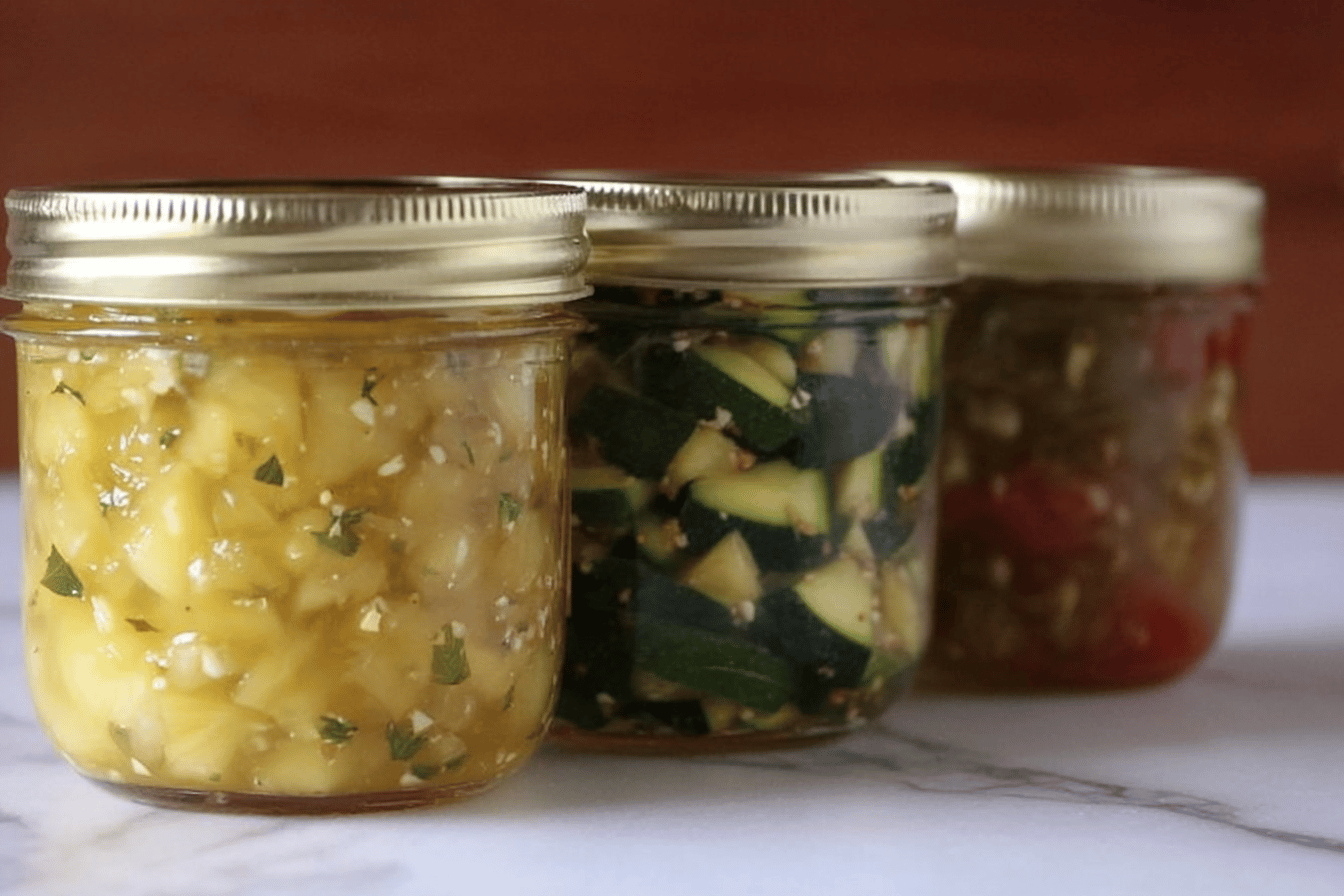
Conclusion
Canning zucchini is a fantastic way to preserve this versatile vegetable for use throughout the year. With its mild taste and ability to take on the flavors it’s paired with, zucchini complements a variety of recipes. By following safe canning methods, you can ensure its freshness and enjoy its culinary adaptability in your favorite dishes.
More recipes suggestions and combination
Pickled Zucchini
Try pickling zucchini with a mix of vinegar, spices, and herbs for a tangy addition to sandwiches, salads, or as a stand-alone snack.
Zucchini Relish
Turn your zucchini into a relish for a sweet and savory topping that pairs wonderfully with grilled meats and burgers.
Zucchini Soup Base
Preserve zucchini as a soup base by blending it with onions and seasonings. This can be used as a creamy addition to many dishes.
Spiced Zucchini Butter
Create a smooth and flavorful zucchini butter with spices for a unique spread suited for toast, muffins, or pancakes.
Zucchini Salsa
Combine zucchini with tomatoes, peppers, onions, and spices to make a fresh and vibrant salsa.
Pressure-Canned Zucchini for Soups or Stews
Canning zucchini with broth or along with other vegetables results in a ready-to-use base for winter soups or stews.
Mixed Vegetables with Zucchini
Incorporate zucchini into mixed vegetable medleys for a colorful canned side dish that’s quick to heat and serve.
Zucchini Noodles
Spiralize zucchini into noodles, blanch, and can them for an instant low-carb pasta alternative.
Sweetened Zucchini for Baking
Pack shredded zucchini with sugar for an easy solution to include in baked goods like cakes or muffins.

